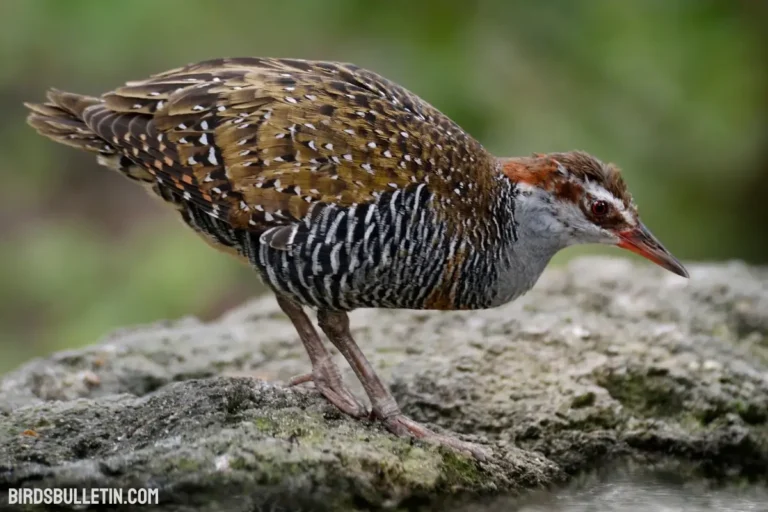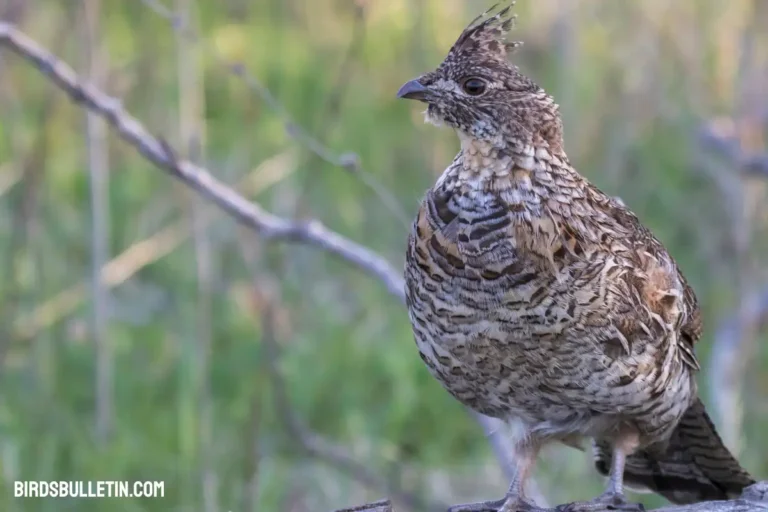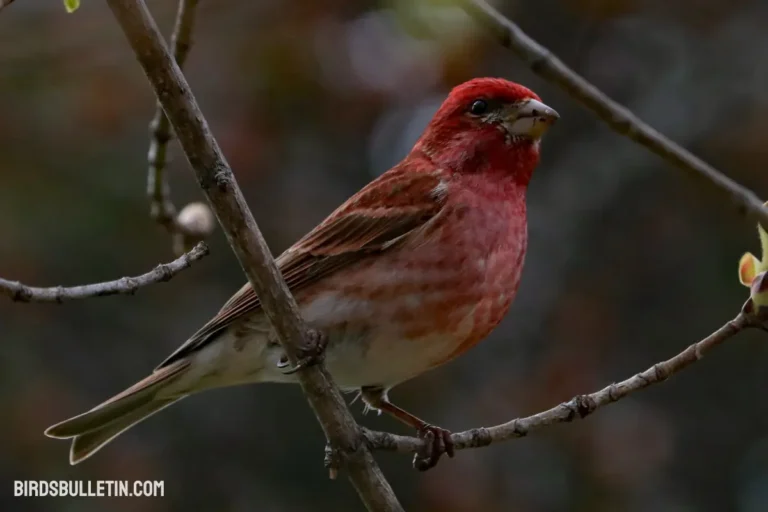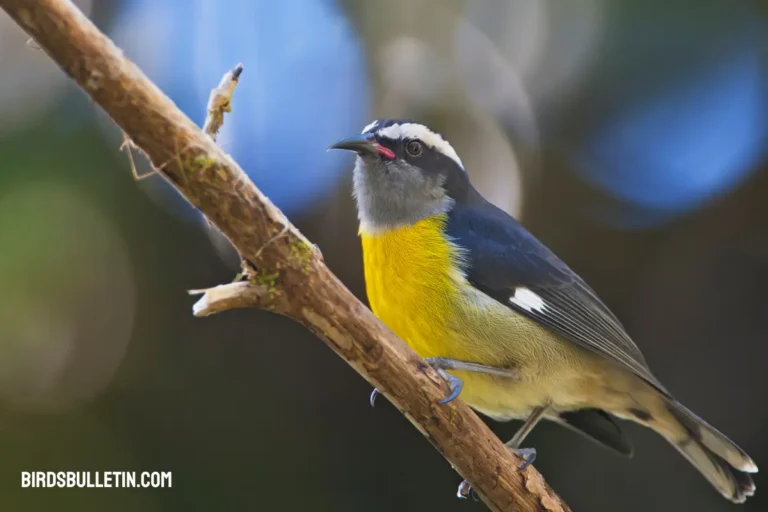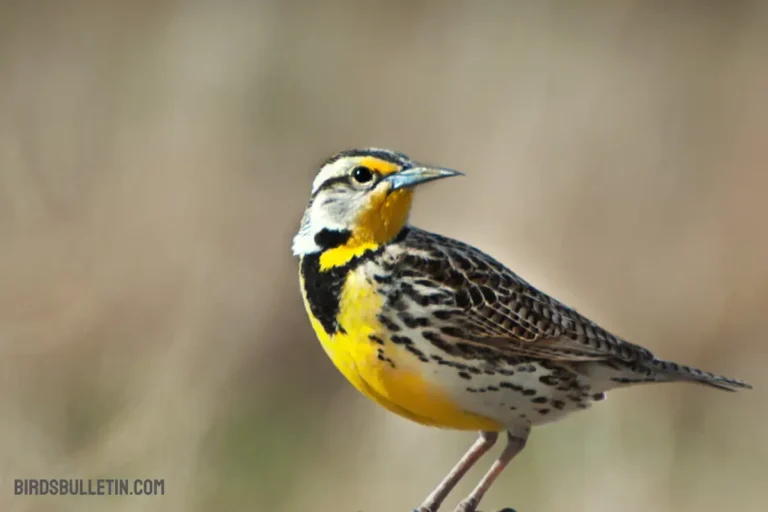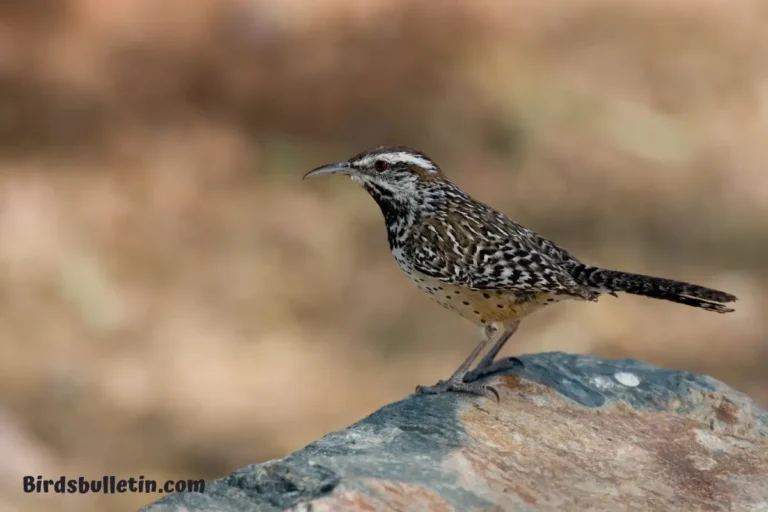Northern Flicker: Overview And Behavior
The Northern Flicker also known as a yellowhammer is a medium-sized woodpecker found widely distributed across most of North America. Known for its unique plumage and distinctive call. It’s a popular and easily identifiable bird for many birdwatchers. Let’s take a closer look at this charismatic woodpecker.
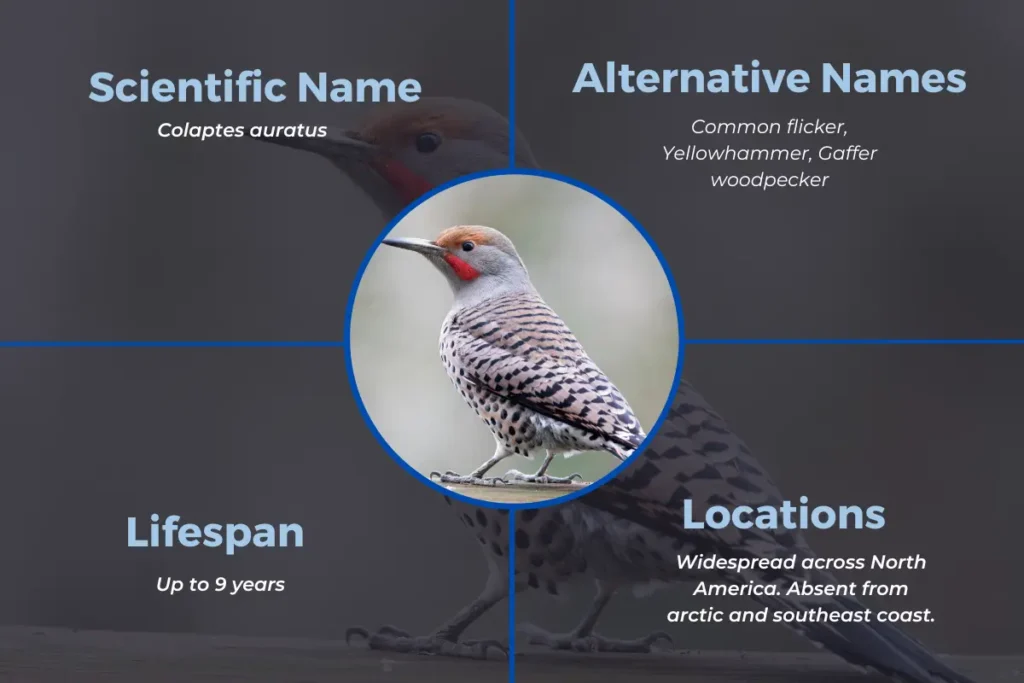
Looking for more articles about bird overview:
Identification Profile
| Feature | Information |
|---|---|
| Scientific Name | Colaptes auratus |
| Alternative Common Names | Common flicker, Yellowhammer, Gaffer woodpecker |
| Color | Brown and black barred back and wings. Pale brown underside with black spots. Red nape crescent. Yellow or red underwings and tail. |
| Lifespan | Up to 9 years |
| Wingspan | 16-21 inches |
| Weight | 120 g |
| Size | 11-13 inch long |
| Diet | Ants, beetles, insect larvae, seeds, fruit |
| Breeding Season | February-July |
| Locations | Widespread across North America. Absent from arctic and southeast coast. |
| Threats | Habitat loss, pesticide use, competition with starlings |
How Can the Northern Flicker Be Identified?
This bird can be identified by its brownish barred plumage on its back and wings, black spots on its belly, and bright red crescent marking on the nape of its neck. The male Northern Flicker has a black “mustache” stripe, while the female’s stripe is gray.
In flight, Northern Flickers exhibit bright white rumps and yellow underwings. The flicker’s stout bill curves gently downwards. Its call is a loud “kleer” or “wicka” that carries over long distances.
What Breeds or Subspecies of The Northern Flicker Exist?
There are 10 recognized subspecies of the Northern Flicker that can be grouped into Yellow-shafted, Red-shafted and hybrid forms. The Yellow-shafted Flicker (C. a. auratus) inhabits eastern North America and has yellow undersides to its tail feathers.
The Red-shafted Flicker (C. a. cafer) inhabits western North America and has red undersides. In areas where their ranges overlap, hybrids with both yellow and red shafts may occur.
What Is the Population Status of The Northern Flicker?
This bird has an extremely large range and population size. Current estimates place the global breeding population at around 13 million individuals. Within the US and Canada, population trends seem to be largely stable according to the North American Breeding Bird Survey.
Due to its huge numbers and wide distribution, the Northern Flicker is classified as Least Concern by the IUCN Red List.
Does The Northern Flicker Migrate and If So, Where?
They undergo short-distance migration across most of its range in North America. Northern populations migrate southwards in winter, and mountain populations move to lower elevations.
Some migration is evident by the appearance of populations from farther north in more southerly parts of their range during winter months. Reports of banded birds also reveal a majority travel less than 500km between breeding and wintering grounds.
What Are Some Characteristic Behaviors of The Northern Flicker?
Northern Flickers exhibit a unique foraging behavior on the ground, using their curved bill to probe for ants and insects’ underneath bark and leaves. They are often seen bracing themselves upright against tree trunks using their stiff tail feathers.
They are adept excavators, using their bill to hammer against dead wood to create nesting cavities. They are also known for a quirky display of wing-flicking while perched. Males attract females through calls and wicka-wicka head bobs.
How Does the Northern Flicker Interact with Humans?
This Northern adapt readily to human settlements and often visit yards if trees or wooden poles are present for nesting and foraging. They seem relatively tolerant of people.
Occasionally their loud hammering against nesting structures causes conflicts with humans. Flickers compete with non-native European Starlings for nesting cavities, sometimes taking over Starling nests. Backyard birders often specifically put-up nest boxes in hopes of attracting breeding pairs of flickers.
What Conservation Issues Affect the Northern Flicker?
The Yellowhammer is not considered globally threatened and is listed as a species of Least Concern. Local populations may face threats from loss of habitat, though their adaptability helps Northern Flickers utilize human settlements.
Use of pesticides and insecticides may reduce food availability. The European Starling competes fiercely with the Northern Flicker for nesting cavities in some areas. More monitoring is needed on the status of the Yellow-shafted subspecies in eastern forests.
Frequently Asked Questions
01. Why does the Northern Flicker hammer on objects?
Flicker hammers its bill against surfaces for several reasons. During breeding seasons, it creates a loud hammering call to establish territory and attract mates. It also hammers against trees and nesting structures while excavating its nesting cavities.
02. What does the Northern Flicker eat?
Their diet consists mainly of ants and other insects like beetles. It uses its specialized curved bill to probe under bark and vegetation for ants. It also eats fruit and seeds on occasion.
03. Is the Northern Flicker woodpecker a threat to homes?
While Northern Flickers may occasionally drum on man-made structures like roofs and chimneys, they rarely cause significant damage with their pecking. Installing woodpecker deterrents can help prevent drumming.
References:
- Cornell Lab of Ornithology. Northern Flicker overview. https://www.allaboutbirds.org/guide/Northern_Flicker
- Audubon Society. Northern Flicker guide. https://www.audubon.org/field-guide/bird/northern-flicker
- Wiebe, K. L., & Moore, W. S. (2017). Northern Flicker (Colaptes auratus version 3.0). In Birds of the World. Cornell Lab of Ornithology.
- Dickinson, M. B., ed. (1999). Field Guide to the Birds of North America (3rd edition). National Geographic Society, Washington, D.C.
- Ehrlich, P. R., Dobkin, D. S., & Wheye, D. (1988). The Birder’s Handbook. Simon & Schuster, New York.


